Was I using these products all wrong?
How much was the right amount?
How was I supposed to know this?
Who does know this, like for real?
This got me curious about what I should actually be doing with all those bottles in the shower. To figure it out, I needed to understand what these products were really doing to my hair.
The Science of Shampoo
Shampoo is essentially a cleaning agent. Its primary role is to cleanse the scalp and hair of dirt, oil, and product build-up. It contains surfactants like sodium lauryl sulfate or sodium laureth sulfate, which work by surrounding dirt and oil molecules. These surfactants have two ends: one repels water, and the other attracts it. When you massage shampoo into your hair, the water-repelling end grabs onto grease, while the water-attracting end washes away with the rinse water, taking dirt and oil along with it.
The Role of Conditioner
Conditioner, on the other hand, is all about restoration and protection. After shampoo strips away the oils, conditioner comes in to calm the storm. It typically contains ingredients like silicones, fatty alcohols, and other compounds, which smooth the hair by coating it. This seals in moisture, protects the hair shaft from damage, and makes your hair feel softer.
So, how much shampoo and conditioner should one actually use?
The answer varies depending on hair type, length, and condition. For instance, fine hair can be weighed down by too much conditioner, while curly, thick hair might crave more for proper hydration.
A good rule of thumb is to use a dollop of shampoo about the size of a small coin (about 3cm) and a similar or slightly larger amount of conditioner, adjusting as needed for your hair’s length and texture.
Personal Experimentation and Expert Advice
With my newfound knowledge in hand, I embarked on a personal experiment to fine-tune my hair care routine. I soon realised that my long, curly hair demanded more shampoo than I had been using to thoroughly cleanse the scalp and hair, yet less conditioner—especially at the scalp. Over-conditioning at the roots had led to an unhealthy and irritating buildup of oils, precisely what my hairdresser had noticed.
I adjusted the quantities, noting how my hair and scalp reacted to these changes. This hands-on approach drove home that the often recommended 'pea-size' amount is far from universal.
For my unique hair type, it became clear that using a generous amount of shampoo to effectively clean my dense curls and applying conditioner sparingly at the scalp to prevent buildup, focusing more on the ends where moisture was needed most. Proper rinsing became a critical part of my routine to ensure no residue was left behind to weigh down my hair or irritate my scalp.
Conclusion: Your hair, your rules
Learning about the science behind these products taught me that using shampoo and conditioner is less about following strict rules and more about understanding and responding to your hair’s needs. Looking back, that offhand comment from my hairdresser really did me a favour.
My advice? Start with the basics, adjust as you go, and don’t be afraid to tweak your routine until you find what truly works for your hair.

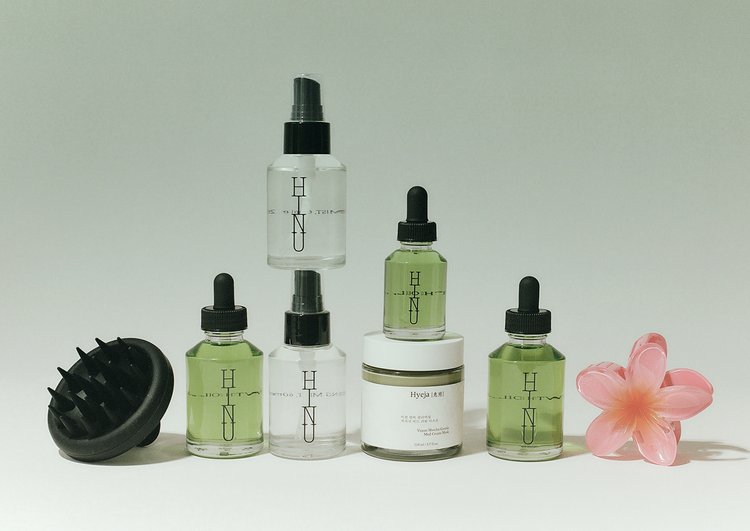
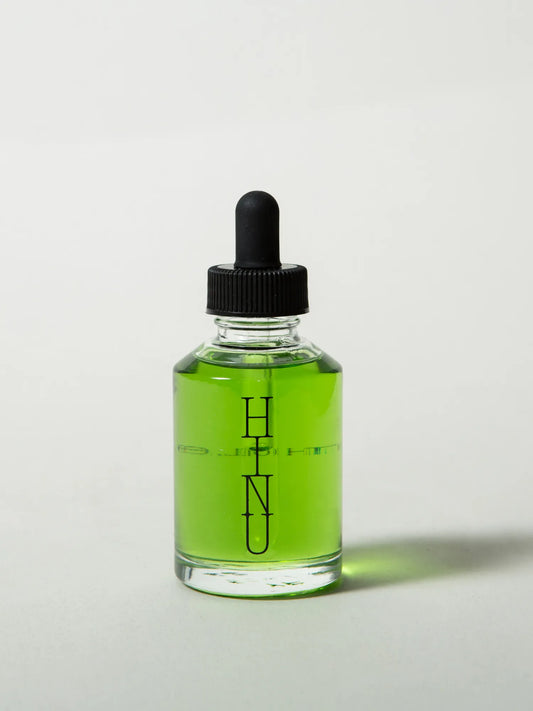
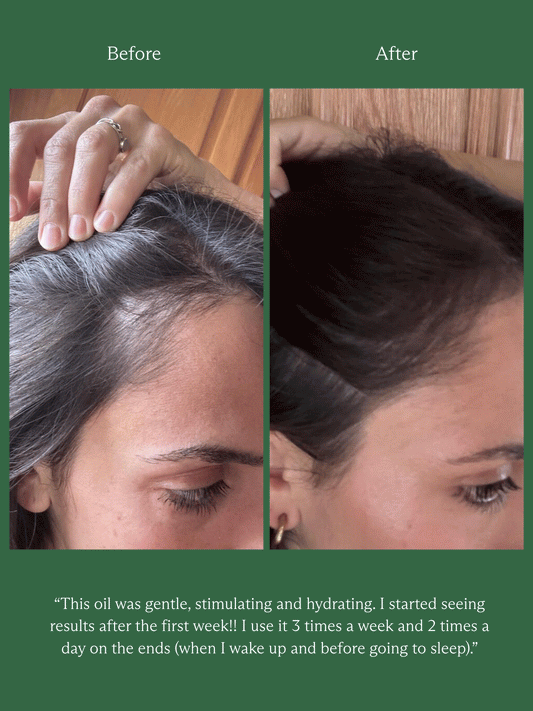
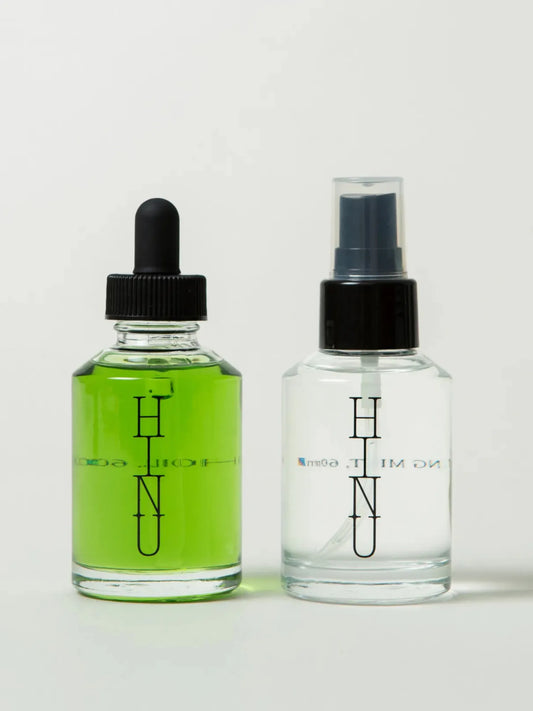


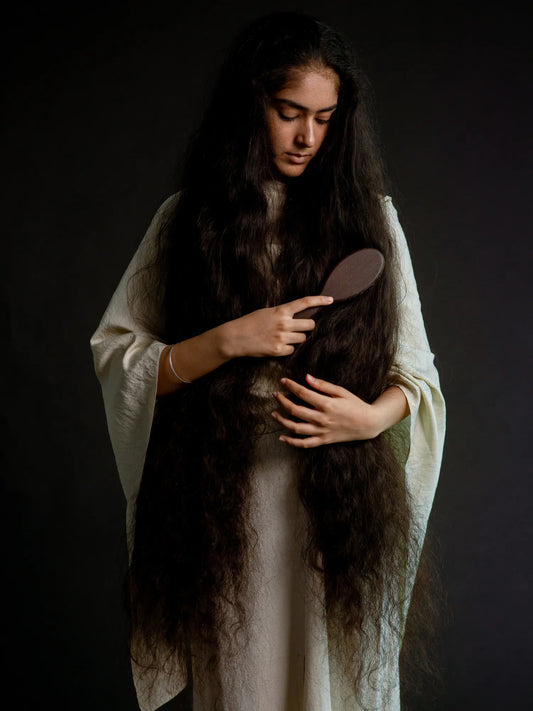
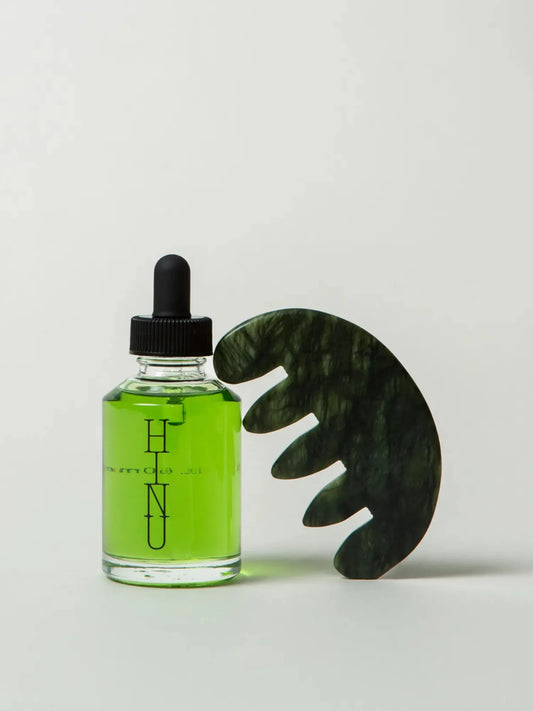
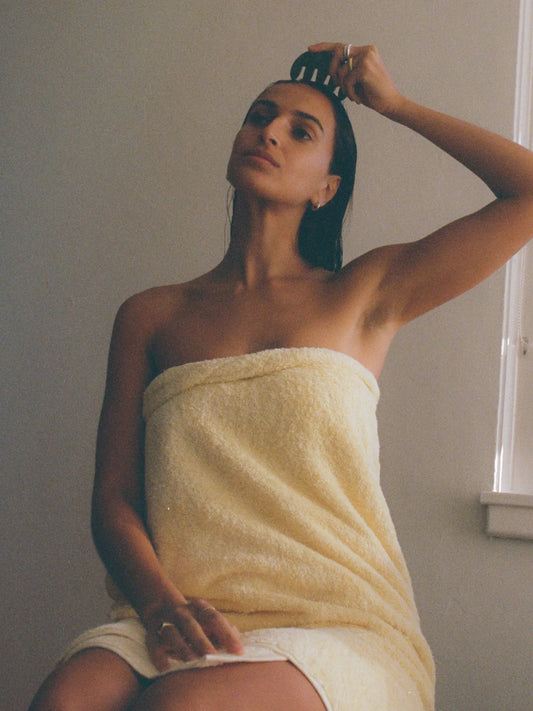

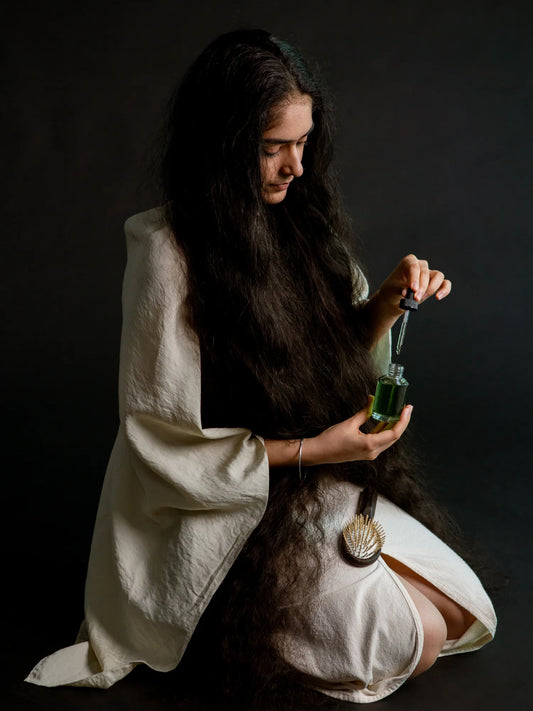




2 comments
Writing about shampoo and conditioner usage made me think about my hair routine too. Also it made me think about how often I should wash my hair.
Can you recommend any shampoos or natural alternatives? :)